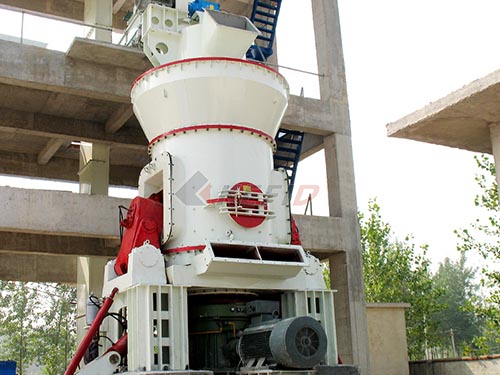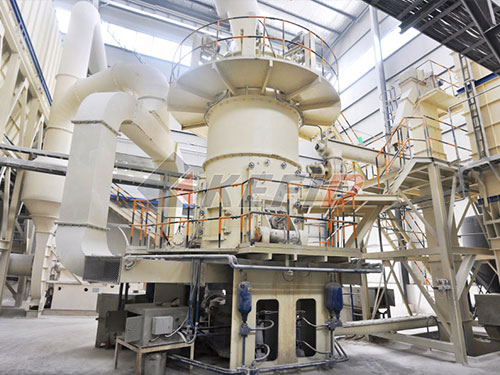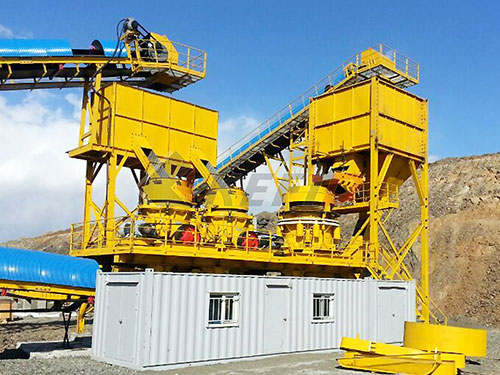Crushed Stone Size Chart & Pricing In Brazil: Your Essential Guide for Construction & Infrastructure
The relentless hum of progress in Brazil – from the sprawling metropolises to ambitious new highways snaking through diverse landscapes – rests heavily on a fundamental building block: crushed stone, locally known as pedra britada. Selecting the correct size and understanding its pricing structure isn’t just a matter of cost; it’s critical to the structural integrity, longevity, and economic viability of countless projects. This comprehensive guide delves deep into the standardized size classifications prevalent across Brazil, explores the intricate factors shaping its market price, and provides actionable insights for informed procurement.
Why Size Truly Matters: The Foundation of Function
Crushed stone isn’t a one-size-fits-all commodity. Its performance is intrinsically linked to its particle size distribution (granulometry). Choosing incorrectly can lead to:
1. Structural Failure: Undersized stone in a road base may compact too densely, preventing proper drainage and leading to rutting or pavement failure. Oversized stone in concrete can create weak points and honeycombing.
2. Drainage Catastrophes: Using improperly graded material as drainage fill (e.g., behind retaining walls or in French drains) can result in water pooling, hydrostatic pressure buildup, erosion, or even collapse.
3. Costly Over-Engineering: Specifying a higher-grade (and more expensive) material than necessary inflates project budgets without adding functional value.
4. Construction Delays: Discovering incompatibility between delivered stone and project specifications halts work, incurs penalties, and strains logistics.
The Brazilian Standard: NBR NM 248

The bedrock of crushed stone classification in Brazil is NBR NM 248: Agregados – Determinação da composição granulométrica (Aggregates – Determination of particle size distribution). This standard establishes nominal maximum sizes (NMS) defined by sieve openings through which most particles must pass. Crucially, it also mandates specific grading requirements – the allowable percentage ranges passing through each sieve size within a given nominal range – ensuring consistent performance characteristics.
Common Crushed Stone Sizes & Applications in Brazil
Below is an expanded overview of prevalent commercial sizes derived from NBR NM 248 principles:

| Nominal Maximum Size (NMS) | Common Commercial Name(s) | Typical Grading Range (mm) | Primary Applications |
| :- | : | :- | :–

Leave a Reply